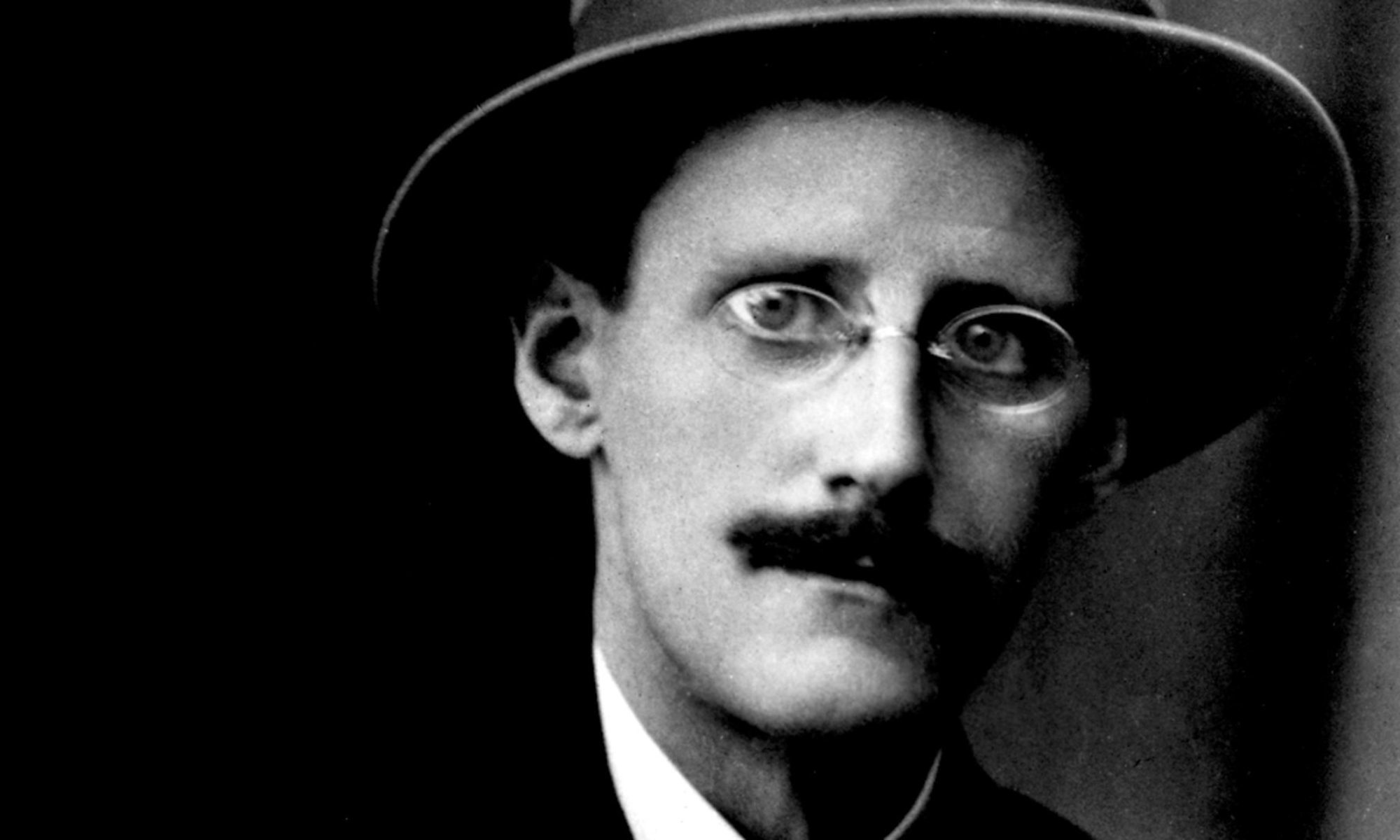
Welcome to our mad Joycean laboratory.
Here, readers have the opportunity to sit table-side at Stephen and Bloom’s obscure and kaleidoscopic past and travel back into a shared memory of a particular afternoon, apocryphal to Ulysses, that played an enormous part in shaping their lives.
From our headquarters at the University of Pennsylvania, Sean and I have approached Ulysses from different points of view. We believe that this disjunction follows in Joyce’s tradition of staging multiple perspectives in fiction, in blinding, by variation, the cyclops.
For Stephen, whose mind I have tried to emulate and lasso for this project, this memory involves a life dominated early by precocious hesitations, marvels at the power of language, and, most of all, the already posthumous presence of his mother, Mary Dedalus. Joyce’s 1916 novel A Portrait of the Artist as a Young Man has been crucial to the imitation. I would suggest any readers interested in the annotations to Portrait investigate this text as one written under the same conditions as Sean’s and mine. If Ulysses is the summit, Portrait and BiCyclops are two different, equally hazardous, routes to get there.
Stephen is age five (5) in BiCyclops, living in Dublin with his mother, Mary, father, Simon, and four sisters. He has just enrolled at Clongowes Jesuit School, the youngest boy to ever matriculate. This memory is situated in the year 1887 at a dinner party at Mat Dillon’s house in the district of Terenure, Dublin.
Difficulty arises in this experiment whenever Stephen’s restless mind could not avoid commenting on the past. The play between past and present is buoyant with Stephen in Ulysses, especially where grief and failure feature, and so it is in BiCyclops. Therefore, readers may have to pay special attention to the text in order to make decisions over whose, young Stephen’s or Ulyssean Stephen’s, internal consciousness is present at any one time. These can be hard to disentangle. The stereoscope, a late 19th c. invention, is our metaphor for this double-vision blending effect.
Sean and I have attempted to manipulate Time as a new instrument for the reader to use with this text: the fun comes in comparing and contrasting early and late Stephen and Bloom. From “Lestrygonians” to “Oxen of the Sun”, where Joyce writes, “Parallax stalks behind and goads them”, we have tried to manipulate time and memory as a tool for interpreting the past. At any point in the text, a clearing could open up where these voices, young or old, innocent or jaded, all staged together for the first time here, can speak to one another. This call and response structure comes chiefly from “Ithaka”, while monologues owe “Proteus”, “Lotos Eaters”, and “Penelope” for their inspiration.
Stephen Dedalus has been my spirit animal during the composition of this project and he has taken up lodging as “the smithy of my soul”. We hope that readers will enjoy a certain kind of vicarious pleasure looking back in our character’s past. Perhaps Ulysses’s stature will only grow with this small contribution to its legacy as one of most mystifying, life-affirming works of literature written in English.
Works Cited
Alighieri, Dante. Inferno. ed. by Robert M. Durling. Oxford University Press, 1997. Print.
Costello, Peter. Leopold Bloom: A Biography. Gill and McMillan, 1981. Print.
Descartes, Rene. Meditations, Objections, and Replies. ed. and trans. by Roger Ariew and Donald Cress. Hackett Publishing, 2006. Print.
Kant, Immanuel. “Anthropology from a pragmatic point of view.” Anthropology, History, and Education, edited by Guenter Zoeller and Robert B. Louden, translated by Mary Gregor, et. al. Cambridge University Press, 2007. 369-370. Print.
Joyce, James. A Portrait of the Artist as a Young Man. edited by Hans Walter Gabler with Walter Hettche. Garland Publishing, 1993. Print.
Joyce, James. Ulysses. Dover Publications, 2009. Unabridged republication of first ed., Shakespeare and Company: Paris, 1922. Print.
Ovid. Metamorphoses. trans. by Sir Samuel Garth, John Dryden, et al. “The Internet Classics Archive.” classics.mit.edu. Accessed 21-28 Apr. 2017. Web.
Raphael. Madonna del Prato. 1506. Kunsthistorisches Museum, Vienna. https://en.wikipedia.org/wiki/Madonna_del_Prato_(Raphael). Accessed 20 Apr. 2017. Web.
The Bible. King James Version. American Bible Society, 2002. Print.
Shakespeare, William. The Comedies and Tragedies of Shakespeare. ed. by Fritz Kredel, Random House, New York, 1944. Print.
